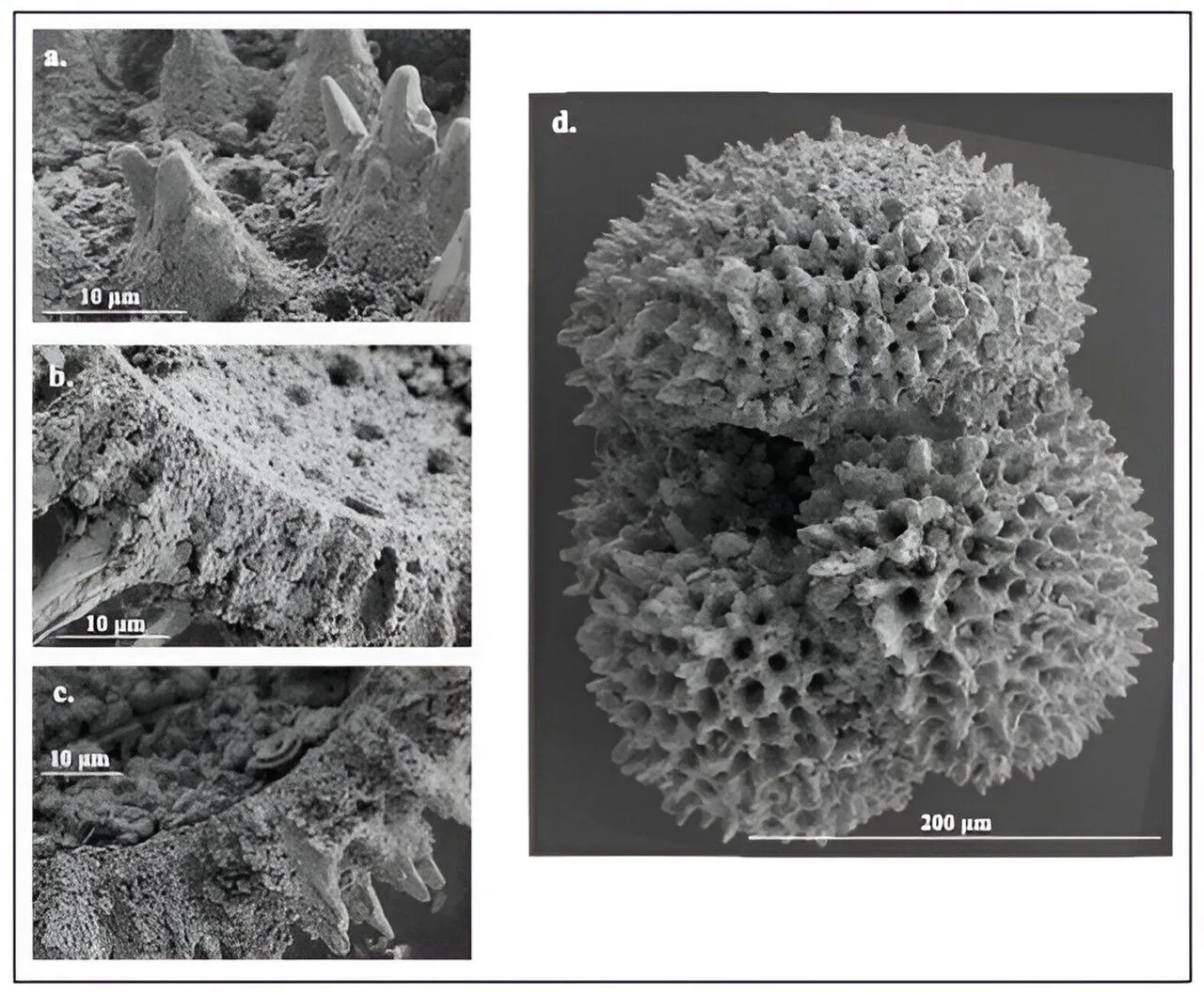These fossils shed light on Earth's ancient intense climate warming
Published by Adrien,
Source: Proceedings of the National Academy of Sciences
Other Languages: FR, DE, ES, PT
Source: Proceedings of the National Academy of Sciences
Other Languages: FR, DE, ES, PT
Follow us on Google News (click on ☆)
Geoscientists from the University of Utah explored the connections between ocean surface temperatures and atmospheric CO₂ levels at the end of the Paleocene and beginning of the Eocene. This period, marked by massive greenhouse gas emissions, experienced rapid warming events known as hyperthermals.

Images of foraminifera fossils obtained via scanning electron microscope.
Credit: Dustin Harper
Their research, based on the analysis of microscopic foraminifera fossils found in oceanic cores, reveals a close correlation between rising CO₂ and increasing global temperatures. These findings provide insights into understanding the carbon cycle mechanisms, essential for anticipating human-induced climate change.
During these warming periods, Earth experienced phases where ocean temperatures rose significantly, reaching levels similar to those we observe today. While the carbon emissions were less rapid than they are currently, they still had significant impacts on the global climate.
The researchers discovered that even with minor variations in climate sensitivity, the effects of CO₂ remained consistent, indicating a predictable climate response to greenhouse gas emissions. This observation is vital for modeling future climate evolution based on current emissions.
By analyzing the fossilized shells of foraminifera, scientists have reconstructed the climatic conditions of that era. These marine organisms, similar to plankton, store boron in their shells, an indicator of ocean CO₂ levels at the time of their formation.
The results of this study could serve as a model for predicting the potential consequences of current climate warming. The conditions observed during the PETM and ETM-2, two ancient hyperthermals, might represent scenarios analogous to what we may face, offering valuable lessons for future generations.
What is the Paleocene-Eocene Thermal Maximum (PETM)?
The Paleocene-Eocene Thermal Maximum (PETM) is a climate warming event that occurred approximately 56 million years ago. During this period, Earth experienced a rapid increase in global temperatures, likely due to a massive release of carbon dioxide (CO₂) and methane into the atmosphere.
The consequences of this warming were substantial: oceanic and terrestrial temperatures rose sharply (approximately +9°F to +14°F), altering ecosystems and causing the extinction of numerous species. The PETM is often studied to understand climate change mechanisms and their implications for the future climate of our planet.